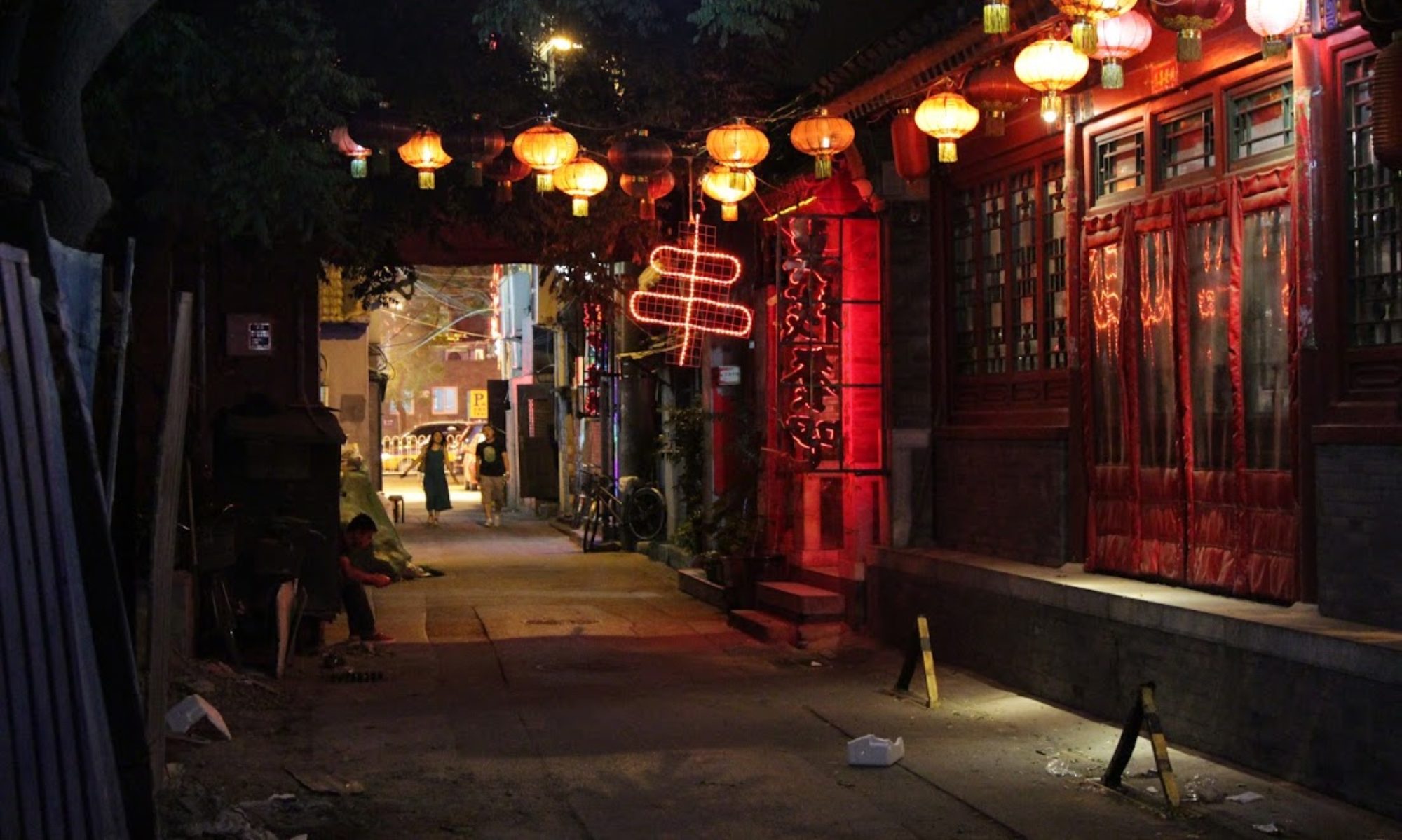Classes at sea are very different than classes in a traditional classroom. First off, Semester at Sea is spot-on when they say, “The world is your classroom.” Each class is specially tailored for the countries that we visit. For instance, in addition to the Anthropology textbook, before we arrive in Japan we read Tsukiji about Tokyo’s fish market- the biggest in the world. Different classes have different readings specifically tailored for each country. In addition, each class has a field lab where you spend a day in port with your class studying firsthand something related to your subject.
Another note: there are no weekends. Every day at sea is either an A day or B day. Unless the day is specifically designated as a study day there are classes every day. Classes are suspended while we are at port however, so we end up with constant six day breaks.
*America in the World – One of my favorite classes. The professor’s university has roughly 3000 students, so he is used to inviting them over for meals, taking them on trips, etc. He encourages us to eat dinner with him and his wife, an oddity for someone like me who comes from a school of 50,000. Right now on our journey across the Pacific we are learning about general American foreign policy through the ages, but as we make our way from country to country we will explore our relationship with each of them.
The field lab for this class is in Ho Chi Minh City, where we will spend the day touring the city and analyzing the slant that modern-day museums put on the war. Our professor lived in Vietnam for a number of years and has written 6 books on the war.
*Travel Writing – A very interesting, laid back class. I’ve done a lot of travel writing in the past, but have never exactly looked at it from the narrative, nonfiction essay point of view. I haven’t taken a nonfiction class since the 11th grade, so I’m really enjoying having a bit of guidance while also exploring my creativity.
This class’s field lab is in India, where we will cruise on a traditional Kettuvallam houseboat and be given various writing activities and exercises in each village we stop in.
*Cultural Anthropology – Our professor is extremely qualified and teaches at a very well-known university, but is fairly dry. The books we’re reading about culture are all fascinating, and even the textbook provides a lot of interesting examples of culture in foreign societies. If anyone hasn’t read an essay on the Nacirema society, I highly recommend googling it.
This class has a field lab in Kyoto, Japan where we will visit sites where silk thread is reeled from silkworm cocoons. We’ll learn about the steps between thread making and silk garments, while analyzing the technologies and skills required and how they have changed over time.
*Sino-American Relations – Part of my CY Tung scholarship is to be enrolled in this class. I love it. It’s co-taught by two great teachers, one American and one Chinese. The class has roughly 10 Chinese born students in it who provide their point of view as people who have been raised in Chinese society. We spent a lot of time talking about Sino-American relations since the 19th century. Since most American students are not very well-versed on Chinese history, during the first day we covered over 2000 years of it. The last 15 minutes of class is dedicated to Chinese and America culture, during which we’ve discussed Chinese characters, names, etc.
This class has a field lab on the Bund in Shanghai. We’ll have lunch with a consulate officer, meet with an American hotel owner, and analyze firsthand Sino-American relations.
On an unrelated note, I’d like to say goodbye to January 21st, 2014. You were a good day, but sadly we will be crossing the International Date Line tonight and you shall be lost forever.
RIP.



















